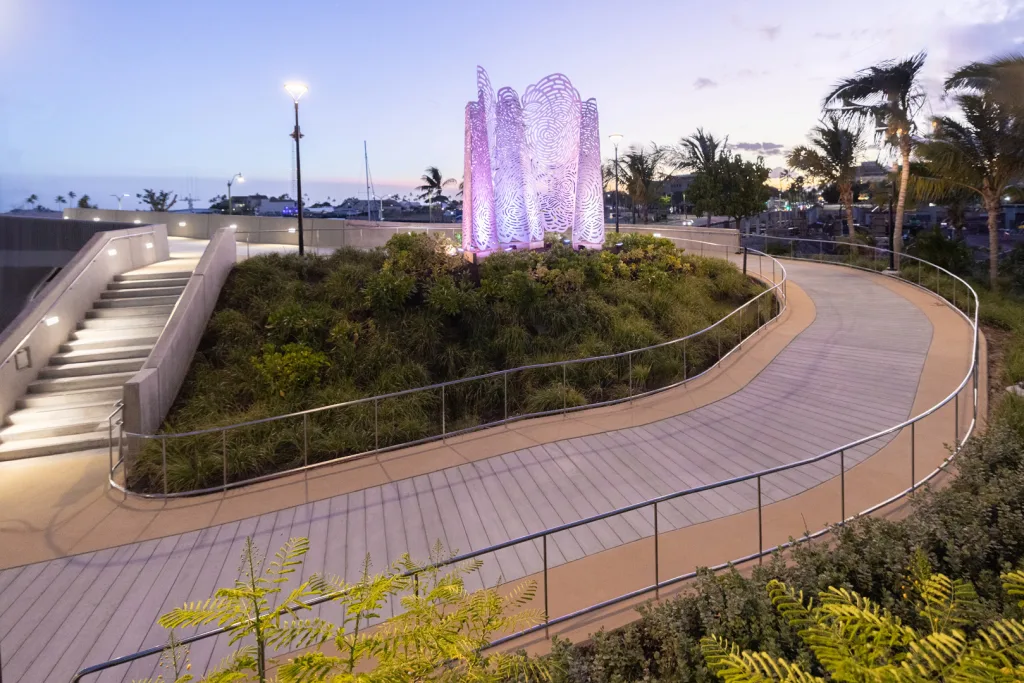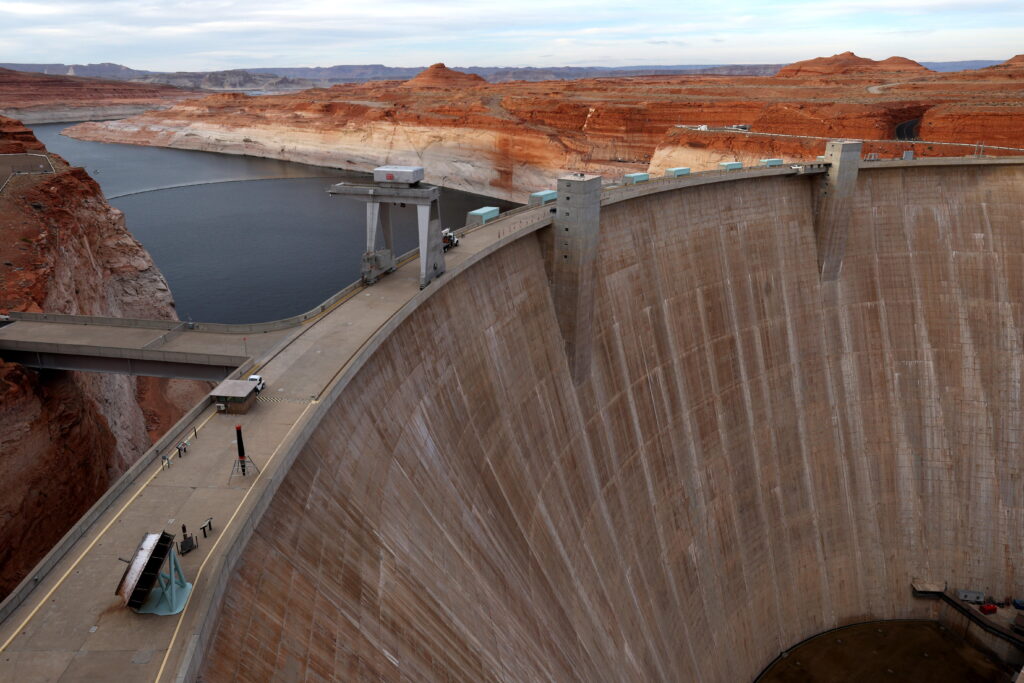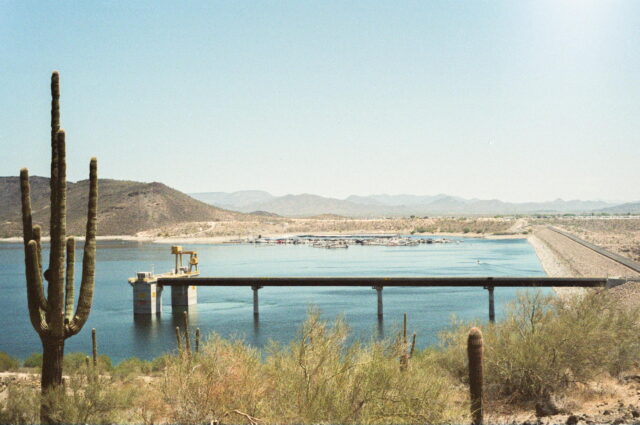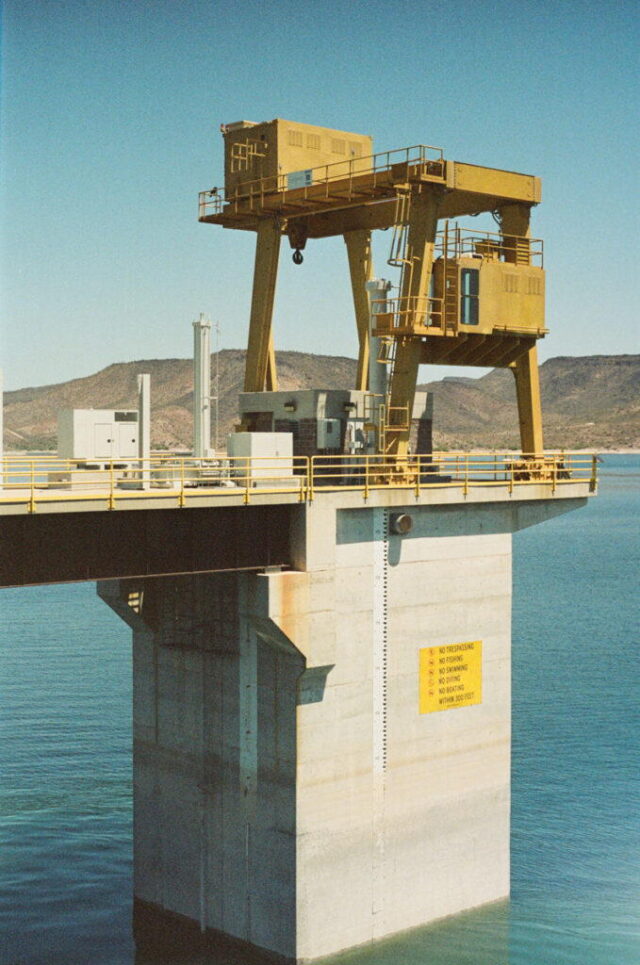In 2022, I taught a class using an early draft of the Design for a Better World book (DBW, but it had a very different title then). It was a great class and their comments helped me revise the book. I taught the course in a rather unusual style. If you are interested, see The-course.
At the end of the course, the students asked if I would teach yet another course where they would take the ideas from the course and build a website which had extra resources for readers of the book. I asked my colleague, Prof. Michael Meyer, to teach the class (I assisted). The result was a website, mocked up in Figma. My long-standing webmaster and his team at the Southampton, England-based UX Consultancy Ltd., created this website from the Figma prototype created by the students.
The website, DBW.jnd.org, was taken down in 2025 (too much work to maintain it). All the material within that website can be found at https://jnd.org/category/essays/dbw.
The Students

Product Designer
Adam Syed

Product Designer
Tiffany Zhong

Product Designer
Boyang Wang

Product Designer
Juna Kim

Product Designer
Huimeng Lu

Product Designer
Rajvir Logani

Product Designer
Donna Kim

Product Designer
Amanda Mark

Product Designer
Deyshna Pai

Product Designer
Corey Lopez

Product Designer
Steven Molotnikov

Product Designer
Jessy Li

Product Designer
William Duan

Product Designer
Omar Ortega
How I taught the course
 The Students in Course 1: Winter quarter, 2021 during the COVID-19 pandemic, hence the masks.
The Students in Course 1: Winter quarter, 2021 during the COVID-19 pandemic, hence the masks.
As I write my books, I almost always give talks and teach using the material. For the Book “Design for a Better World” (DBW), I taught a course in the Winter Quarter 2021 using an early draft called “Four Maxims to Save the World” (see the section below, The Four Maxims. This was Course 1.
How I structured Course 1: Winter Quarter, 2021
The students were divided into 6 groups, one for each of the 6 Parts of the book. We then spent one week on each section: each student group led the class discussion. The last three weeks of the course were devoted to student presentations of their projects: compilations of extra material that readers of the book might wish to read – books and articles – and most importantly, a compilation of organizations (companies, schools, volunteer groups, and NGOs) that were already active and that readers could join. I told them to imagine that we would use the reports for a website that readers of the book could explore to enhance their understanding and also join in acting upon the issues. Each presentation led to numerous suggestions about both format and content for the section materials, mostly given by the students. I simply listened and smiled.
The University of California, San Diego (UCSD), is on the Quarter System, so each course lasts for 10 weeks, usually three hours of class time per week. I taught it in two 1 ½ hour sessions each week.
Week 1 introduced the course and Section I. We then divided the class into the 6 groups corresponding to the 6 sections of the book.
Weeks 2-7 covered sections I – VI, respectively. There were no lectures. Students were required to have read the section before the class on that section. To ensure that they had read the material, I prepared an exam for the first session of the section (the exam questions are given below at The-questions).
On the first day of class for a section, I presented the students with four questions. These were sent to each student on a Google Form, which provided a spot for their answers and made it easy for me to control how much time they could spend, as well as to send me an automated compilation of the answers.
Students were required to answer at least 1 question and were given 5 minutes, after which I closed the forms. Later, I graded their answers on a simple binary scale: 0 or 1 where 1 meant that the student had clearly read the material. Their answers could be wrong, but even wrong answers could indicate that the student had read the material and was trying to make sense of it. A 0 meant that there was no evidence that they had read the material. (After the first exam, I never had to assign a 0 grade. I sometimes gave students a grade of 2 or 3 if I thought their answers were so exceptional.)
After I had closed the submission time for their answers, I turned the class session into discussion of their answers. This turned out to be a wonderful way of developing rich, detailed discussion throughout the remaining class time. I highly recommend this method, although it only works with small class sizes (I had roughly 30 students). That discussion lasted the entire first day of the 2 days scheduled for the Part. In the second class that week, the students assigned to the Section led the discussion.
Weeks 8-10 were devoted to reports from the groups about the material they were developing. Each group got multiple opportunities to lead a discussion about the extra material – all in preparation for their final report.
The final reports were all intended to present new material, especially new resources for people who had read the book and wanted to learn more or wished to join organizations where they could help. The 6 reports were all outstanding.
Course 2: Spring Quarter, 2022

The Questions
Note that the questions do not map perfectly upon the current 6 parts to the book. When I taught the class, we used an early version of the manuscript, entitled “Four Maxims to Change the World.” So the questions reflect that early structure. (The four maxims are at the section below, The Four Maxims).
Part I: Artificial,
• What does “path independence mean” for the material discussed in this part.
• Technology has greatly enhanced the lives of people all over the world. Why is it now considered harmful?
• The astronomer Adam Frank has argued that any civilization on any planet will end up having a climate crisis. Why do you think he said that?
• Why are there only three issues being discussed (meaning, sustainability, and humanity-centered design)? Aren’t there many other problems and methods? Why pick on those?
- Part II: Meaningful
- Why is measurement relevant to design? Explain.
- Money matters. The poor are unhappy and the rich happy. What is the problem with measuring success in life by money?
- Can stories be used to make business decisions? Political decisions? Explain.
- School grades. Why is that topic in this book? Discuss.
Part III: Sustainability
- The text says that “the planet itself is in grave danger.” What do you think? Is it? Is it too late? Or …?
- Which is better: plastic bags or paper? Explain your reasoning. (If you think the answer is obvious, ask yourself why I would ask.)
- The circular economy seems reasonable, so why haven’t more companies and countries adopted the philosophy? Why don’t designers change what and how they design?
- Where you work or study, is the group you are a part of loosely or tightly coupled? Does that seem to work? Would you like to change it? If so, why and how. If not, why not?
Part IV: Humanity-Centered Design
- The book states that the way we teach design is wrong, even the course I developed. Why did I say that? And if this is true, why is it still being taught that way?
- The book states that when designing for a community, the work should be done WITH the community, not FOR them. Suppose you are part of a team designing a new water and sewerage system for a Maasai community in northern Kenya. Doesn’t that require considerable technical knowledge which the Maasai are unlikely to have? How could you design with them?
- After 7 years of planning the San Diego-Tijuana community (SD-TJ), a large team of designers, foundations, and civic and government leaders (led by the UCSD Design Lab), won the bid to the World Design Organization (WDO) to be appointed World Design Capital for 2024. We promised the WDO that design would change the SD-TJ region in large, sustainable ways. What would you recommend we do to show the effectiveness of designing WITH communities? (If you can’t think of something for the entire SD/TJ region, what about just at UCSD)?
- Do any courses prepare you to be a “conductor” of large, complex projects? What kind of education is required? Would you like to serve as a conductor?
Part V: Human Behavior
• Why is change so difficult? After all, the things we wish to change were themselves changes from earlier beliefs and practices. So why can’t we change today’s beliefs and practices in the same way?
• Is it really possible for all the different cultures and belief systems of the world to co-exist peacefully?
• Can Climate Change be the common goal that unites the world into a cohesive, comprehensive response?
• Science and technology have impacted the way we live. Describe both: 1, the positive side; 2, the negative side.
Part VI: Actions
I wrote all the other quizzes, but for this session, the student team for Part VI asked for permission to create the questions. This Quiz was written by Cyrus Gonzalez, Jiaming (Jessy) Li, Rajvir Logani, Michelle Tenin, and Tiffany Zhong
• How can we convince people to mobilize, given that these changes will probably alter their livelihoods to some degree?
• How have you accommodated for the differences in living, thinking, or behaving in this pluriverse of people? (i.e., how have you actively looked beyond the Western lens?)
• Although many companies like to aim their product or service at huge markets, some cater to individuals and small groups: for example, student co-ops (such as these at UCSD: Che Café, Groundwork Books, Food Cooperative, …). Can these scale — should they? What do you think of these as examples of future businesses? How much control should individuals and customers (for example, people like you) have over the business?
• How can we show the impact of local initiatives in a collective way to amplify voices and raise climate change awareness?
The Four Maxims
The first major draft of the book was called “Four Maxims to Save the World.”
It wasn’t working.
During the second course, I completely reframed the courses by its current title (Design for a Better World.”
The original four maxims are below:
Note how maxims 1 through 4 correspond very closely;y to Sections II thought VI of the current book.
Design Maxim 1:
Measure the Things People Care About and Understand–Quality of Life, not Economics.
Design Maxim 2:
Move from the Age of Waste to Societal Resilience and Sustainability.
Design Maxim 3:
Many Things Must Change, Especially the Beliefs and Behaviors that Disrupt Societal, Health, and Ecological Systems.
Design Maxim 4:
Changes Must Be Collaborative, Designed With and By the Communities.






 Credit:
Paul Horn/Inside Climate News
Credit:
Paul Horn/Inside Climate News


 Lake Pleasant, which holds some of the Central Arizona Project’s Colorado River Water, is also a popular recreation space, complicating its floating solar potential.
Credit:
Jake Bolster/Inside Climate News
Lake Pleasant, which holds some of the Central Arizona Project’s Colorado River Water, is also a popular recreation space, complicating its floating solar potential.
Credit:
Jake Bolster/Inside Climate News
 An intake tower moves water into and out of the dam at Lake Pleasant.
Credit:
Jake Bolster/Inside Climate News
An intake tower moves water into and out of the dam at Lake Pleasant.
Credit:
Jake Bolster/Inside Climate News
 The Gila River Indian Community spent about $5.6 million, with the help of Inflation Reduction Act grants, to cover a canal with solar.
Credit:
Jake Bolster/Inside Climate News
The Gila River Indian Community spent about $5.6 million, with the help of Inflation Reduction Act grants, to cover a canal with solar.
Credit:
Jake Bolster/Inside Climate News


/https://static.texastribune.org/media/files/050ac76f3fad0b40e7f8635966972af1/Trans%20Rights%20Rally%20LW%20TT%2007.jpg)
